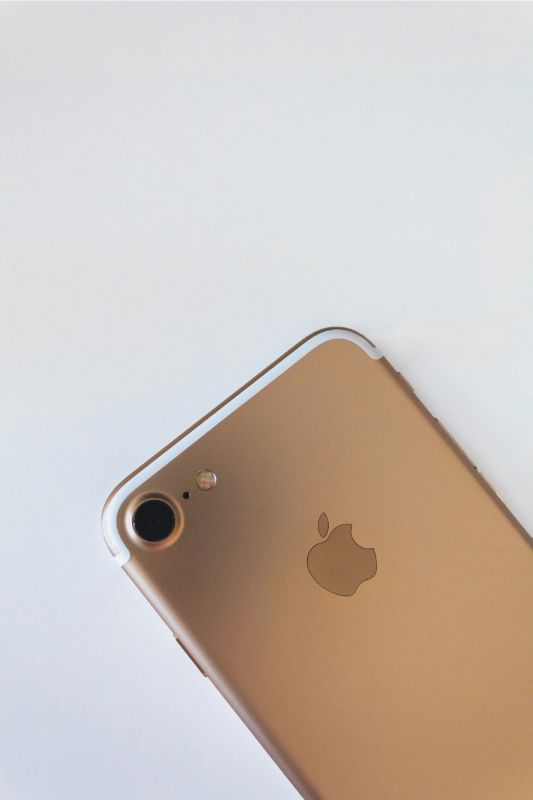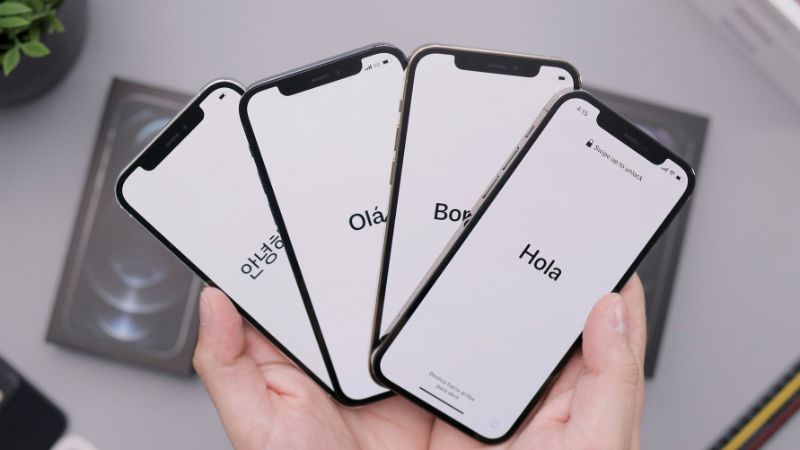Tim Cook and his colleagues introduced the new iPhone 16 and iPhone 16 Pro family of devices during Apple’s Glowtime event on 9th September. They shared with the world their vision of generative artificial intelligence during this process. But what if Apple took the bold decision to overlook the AI-powered elephant in the room?
Google dubbed its premium Android phones, the Pixel and Pixel 8 Pro, “the first AI smartphones” when they were released in October 2023. The smartphone industry has adopted Mountain View’s strategy. Utilizing generative artificial intelligence (AI), every new smartphone release uses it to produce original content from scratch by creating graphics where none previously existed and summarizing articles.
Apple is trailing where Android has taken the lead.
Apple’s unique branding approach to AI
Although Apple is hardly the first company to follow a trend—its tardy entry into augmented reality is the most recent example—you can also add features like wireless charging, the ability to install third-party apps, or even the ability to add cut and paste to text entry. They are usually marketed as being done “in a way that only Apple can” and come with mystical branding like AirPower or Spatial Video, among other things. Adding the strangely backronymed Apple Intelligence as the magical brand, you can add generative AI to the list.

Apart from its magical branding, Apple’s approach to this new world of artificial intelligence seems a lot like what Android and Google’s numerous partners are delivering, including the ability to create new photos and videos, summarize text and notifications, and rewrite text in a different style. Though Apple is taking a route that its competitors have been taking for months, there will certainly be minor variations in the execution—most likely in the user interface and presentation.
Generative AI risks: A growing concern
However, the risks associated with generative AI are becoming more obvious by the day. The risks associated with AI are becoming more apparent as smartphones bring the technology closer to the general public and a wider audience. Real-world problems are being studied and brought to light by researchers; Jigsaw, Google DeepMind, and Google.org all contributed to the study “Generative AI Misuse: A Taxonomy of Tactics and Insights from Real-World Data”. “With this analysis, we illuminate key and novel patterns in misuse during this time period, including potential motivations, strategies, and how attackers leverage and abuse system capabilities across modalities (e.g. image, text, audio, and video) in the wild,” according to the abstract of the work.
Ideas can become informational weapons thanks to the new AI capabilities in the Pixel 9 family, which will soon be available on Android devices.
The Verge’s article on the topic, “Google’s AI ’Reimagine’ tool helped us add wrecks, disasters, and corpses to our photos,” outlines what is practically possible. Toxins from other online cultures, malevolence, and jerks are now added.
Does Apple intend to proceed in this manner?
Apple’s possible stand on AI regulation
There are less creatively challenging uses for AI than this. Machine Learning, a branch of Artificial Intelligence, is incorporated into several critical aspects of iOS. These include FaceID unlock processing, the ability to combine multiple camera pictures into a single photo, intelligent calendar predictions, and the predictive text dictionary in the keyboard.

Notably, each of these retains its processing and data locally on the device. They provide well-defined benefits and aid and encourage actions on the iPhone that have boundaries that are obvious. The distinction between producing new faces in a crowd scenario and machine learning scanning through faces in your photo library is significant.
“Lined up against SB 1047 is nearly all of the tech industry, including OpenAI, Facebook, the powerful investors Y Combinator and Andreessen Horowitz, and some academic researchers who fear it threatens open source AI models.”
Some Californian businesses acknowledge the modifications made to the bill in order to help it pass and think it is a net gain for the industry:
Another powerful player in AI, Anthropic, pushed to weaken the legislation. The corporation stated that the bill’s “benefits likely outweigh its costs” after many of its suggested revisions were approved in August.
The bill contains provisions to safeguard whistleblowers who bring concerns to the attention of the state’s attorney general, to mandate that businesses investing over $100 million in AI training have safety plans in place that enable AI models to be turned off when necessary, to have independent auditors evaluate these safety procedures, and more.
In the coming months and years, debates over the regulation of generative artificial intelligence and other AI models will be shaped by the passing or non-passage of SB 1047.
Does the tech business need to be regulated in this area, or should it be free to invest in technology regardless of the potential social effects? With the AI software for the upcoming iPhone models, Apple is entering this market.
Apple takes pride in emphasizing the needs of both the local community and individual customers. It has used this authority extensively to act in ways that it feels will enhance its clientele. It has an immediate effect on Apple’s profitability. Although not everyone supports that strategy, Tim Cook and his group have demonstrated a willingness to determine when something is okay to cross.
It’s possible that Apple will be the last business to ponder the possibilities of generative AI, decide that the risks are not fully appreciated, and then seize the chance to respond: “Hey, this is a great idea, but we feel like society is balanced on a cliff-edge and generative AI could push it over.”
If Apple wants its AI attempts to stand out, it could be better off staying out of the generative game. It may employ AI in the same manner as it does now, using machine learning, neural networks, and knowledge graphs. Instead of the Tulip Bubble of generative prediction engines found throughout Silicon Valley, it may define the AI game as a field of supportive technologies and clear functions using its soft political power.
Apple, under Tim Cook, has demonstrated time and time again that it is prepared to isolate and ban services and apps that it feels could endanger customers until the problems are fixed. Limiting the use of generative AI on the iPhone 16 and iPhone 16 Pro may allow the industry to change course before it becomes impossible to seal this digital Pandora’s box.
(Tashia Bernardus)
